Sweden – Updated
Leaving Finland, our excitement was mounting in anticipation of our visit to Stockholm.
We awoke several hours before our morning arriving, allowing us to catch the morning light as the ship navigated its way through the narrow passageways created by the thousands of islands making up the archipelago off of the Swedish coast.
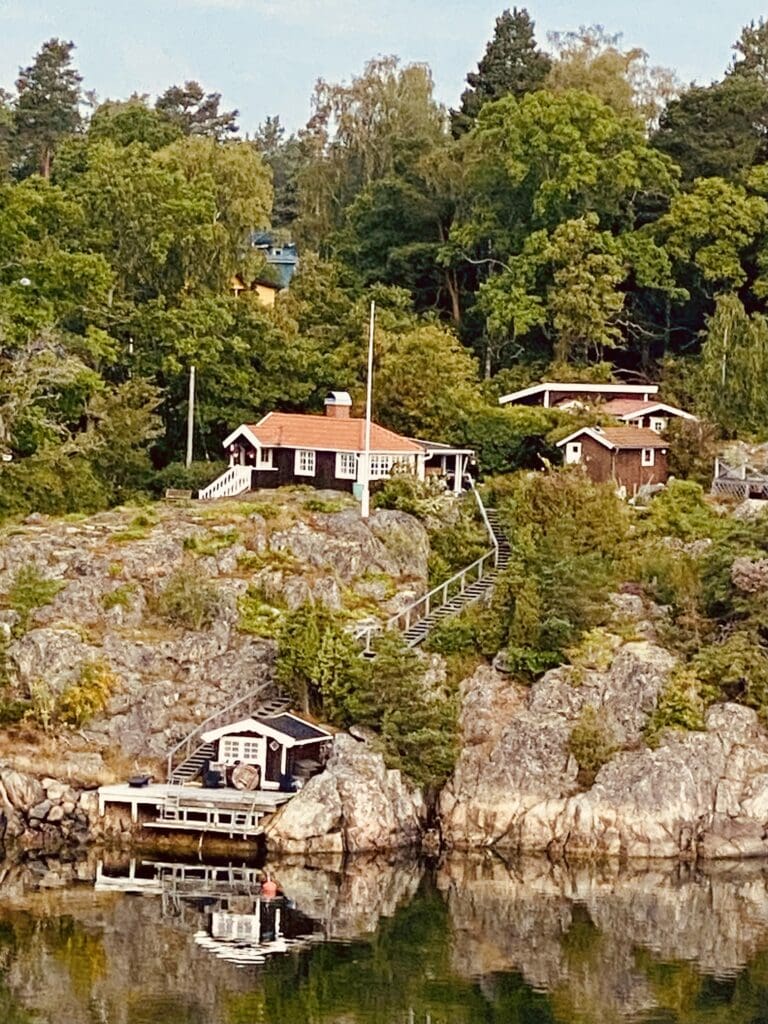
It was breathtaking, and somewhat mind boggling that the waters are deep enough to support our ship through some of the tight squeezes between these small islands.
Truly living a dream. The stillness of the morning, and the reflections off of water as we silently glided past the cottages (and mansions) dotting the various island’s coast will be forever imprinted on our minds eyes. Hopefully someday, Karen can share it with you in a watercolor masterpiece.
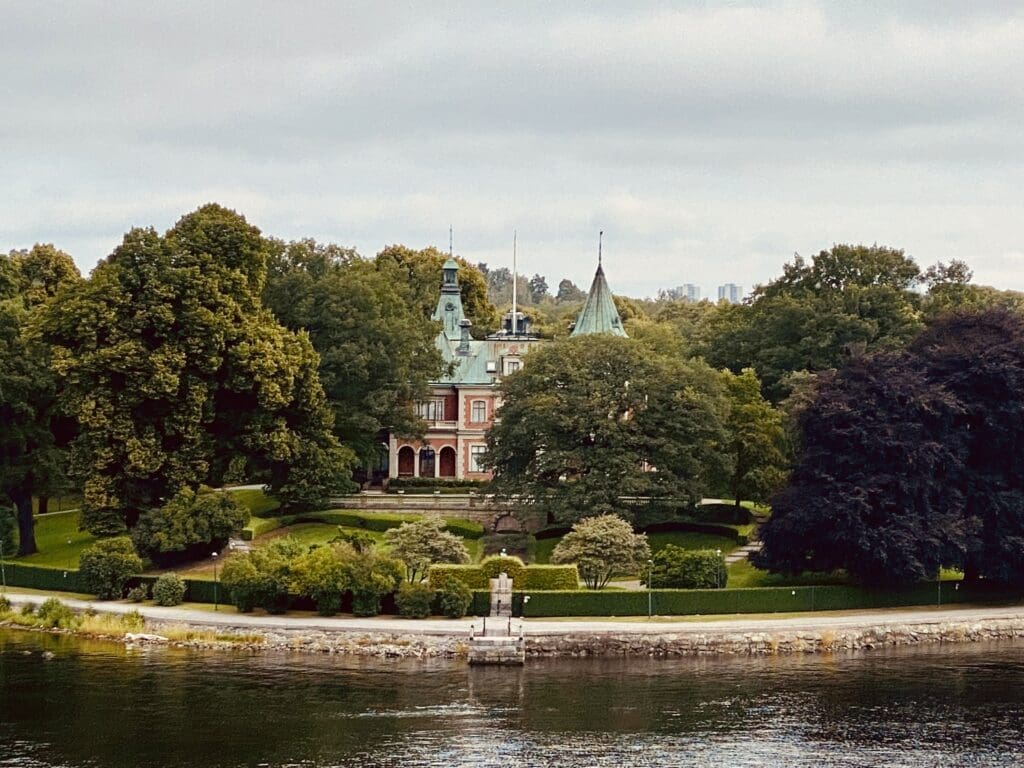
I later learned that the cuntry is the size of California, and more than 24,000 islands make up the chain of islands, which stretch some 50 miles off of the Swedish coast. Like an exception welcoming committee, greeting visitors as they approach the Swedish capital city of Stockholm.
Sweden is home to 11 million residents. I thought I was a scatterbrained, because I frequently confused Switzerland and Sweden. A number of years ago, I learned that this is a common occurrence among folks who do not live in this part of the world. (Or perhaps my well-traveled friend was just being kind…) He commented that Switzerland is landlocked, and I have never been confused since. (Well, at least about this particular subject.)
Sweden is one of the least cash- friendly countries in the world. Most restaurants, etc. will not take cash. And the only coins are $1, $5, and $10. But it doesn’t matter, because the few places that actually take cash always start the conversation with, “yes, but I won’t be able to give you any change”. Also, tipping is not customary, but they didn’t seem to mind…

More than half of the country is forested. Believe it or not, one of their largest export is music. How cool is that! (Who doesn’t like Abba?) It is the corporate headquarters of Spotify.
The Scandinavian city of Stockholm consists of 57 bridges connecting 14 islands (The Scandinavian peninsula (home of the Vikings) consists of Denmark, Norway, and Sweden.)
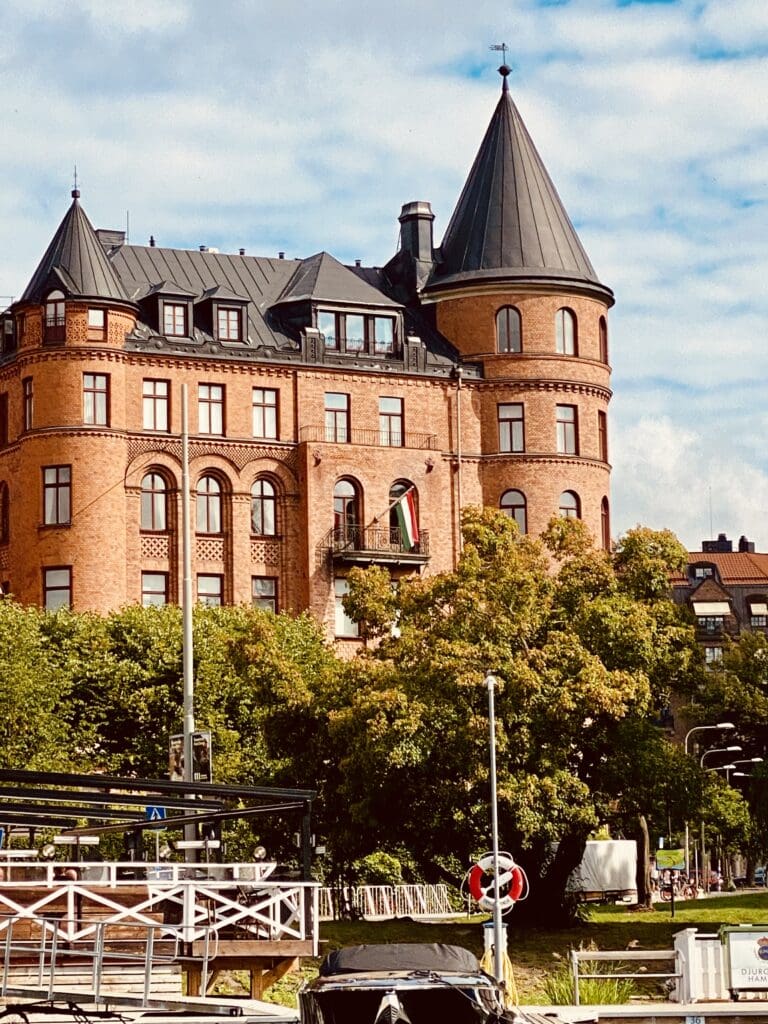
We started our overnight stay with a land and water tour. It was quite informative, and the architecture was outstanding. Photo-ops everywhere you gaze.
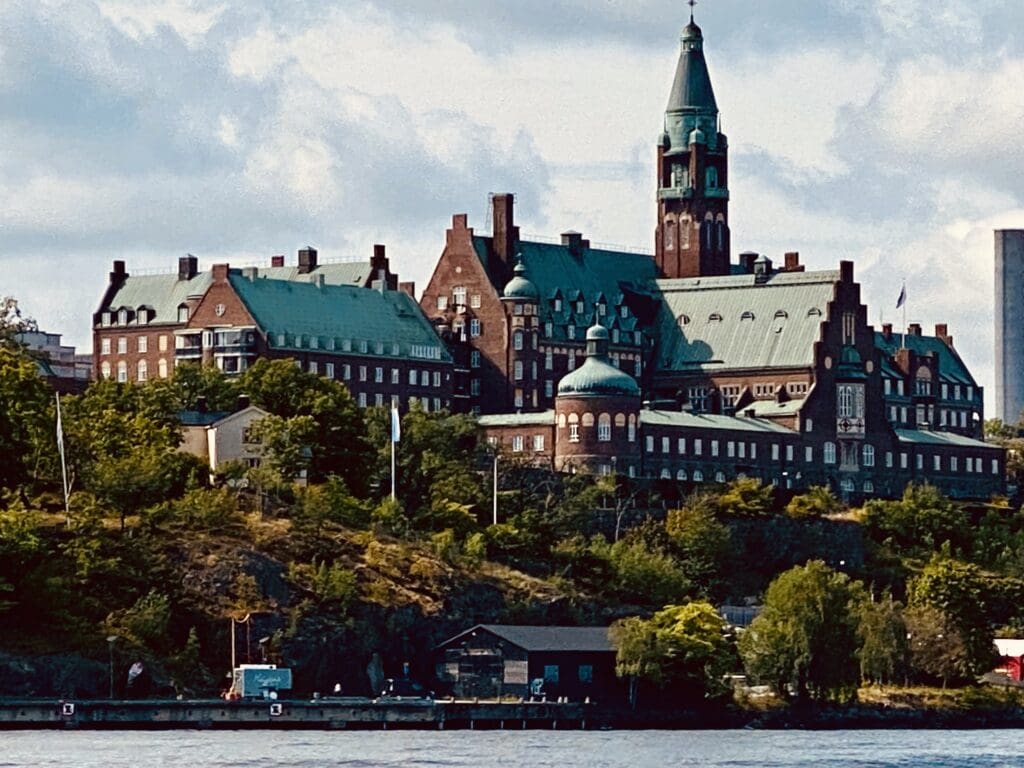
I was especially impressed in how many buildings have these beautiful copper roofs and trim. Even mailboxes! It is always oxidized and the pastel bluish colors. We’ve seen this a lot in Europe, but they are especially prevalent in Stockholm.
It got me to thinking. These have been here forever. How is it that in US cities, we can’t keep copper wires, inside of conduits, from being stolen from our homes and businesses, but they don’t seem to have this issue? Hmmm…
After an hour on the water, we enjoyed a few more hours of driving. It quickly became clear that the less congested method of traveling was on the waterways.
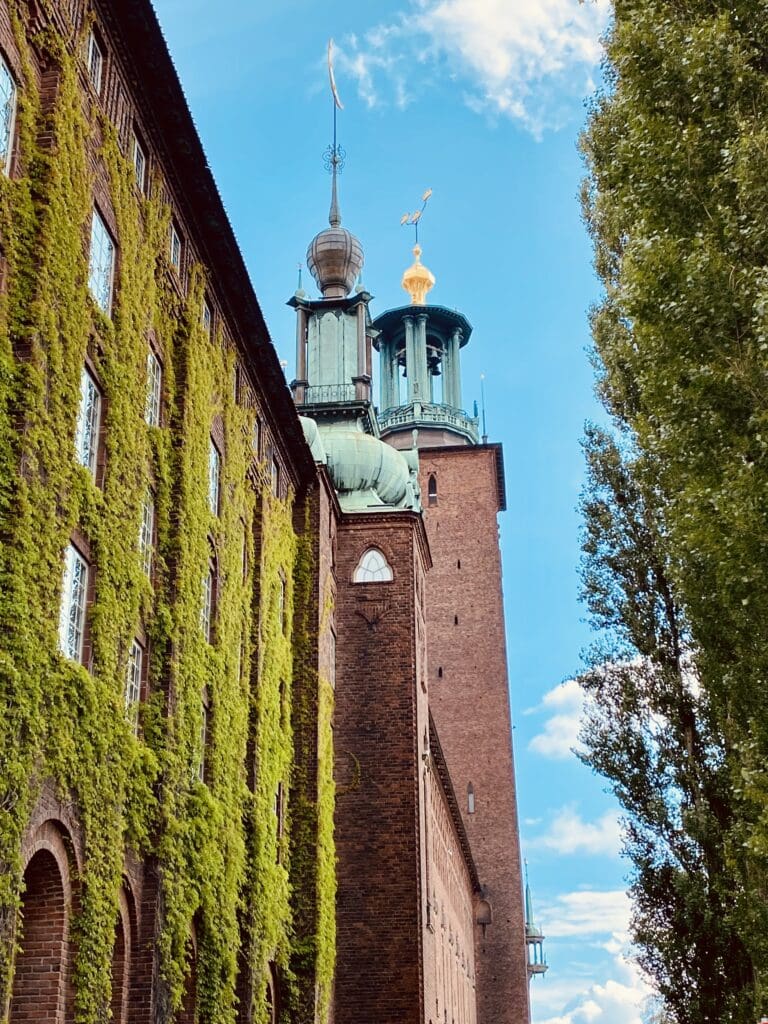
After returning to the ship, we purchased a Stromma (HOHO) pass, that will get us around on land and water for the next 12 days.
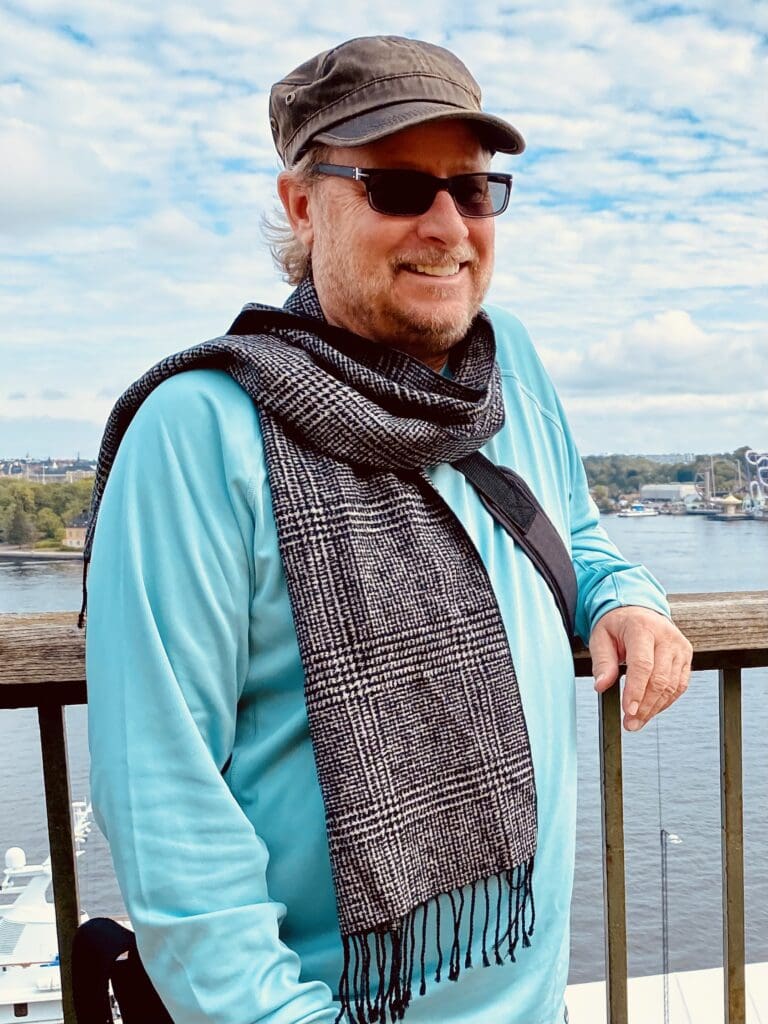
After making a loop touring the remaining parts of town, I jumped off in a part of town with lots of parks and pubs. The parks were nice, but I especially enjoyed ducking into an old fashion pub when it began raining. Nice!
Later in the evening, friends asked how long it rained, and I was delighted to reply “about 3 beers”. Of course, I had to try the local food as well. I really enjoyed the “Skagen”, a crawfish salad (much like ham salad) on rye toast. Outstanding!
So along the way, I picked up some interesting facts. Stockholm was founded in the mid 1200s, and 30% is city is waterways. The country received 18 hours of daylight in the summer, but only 6 hours in the winter!
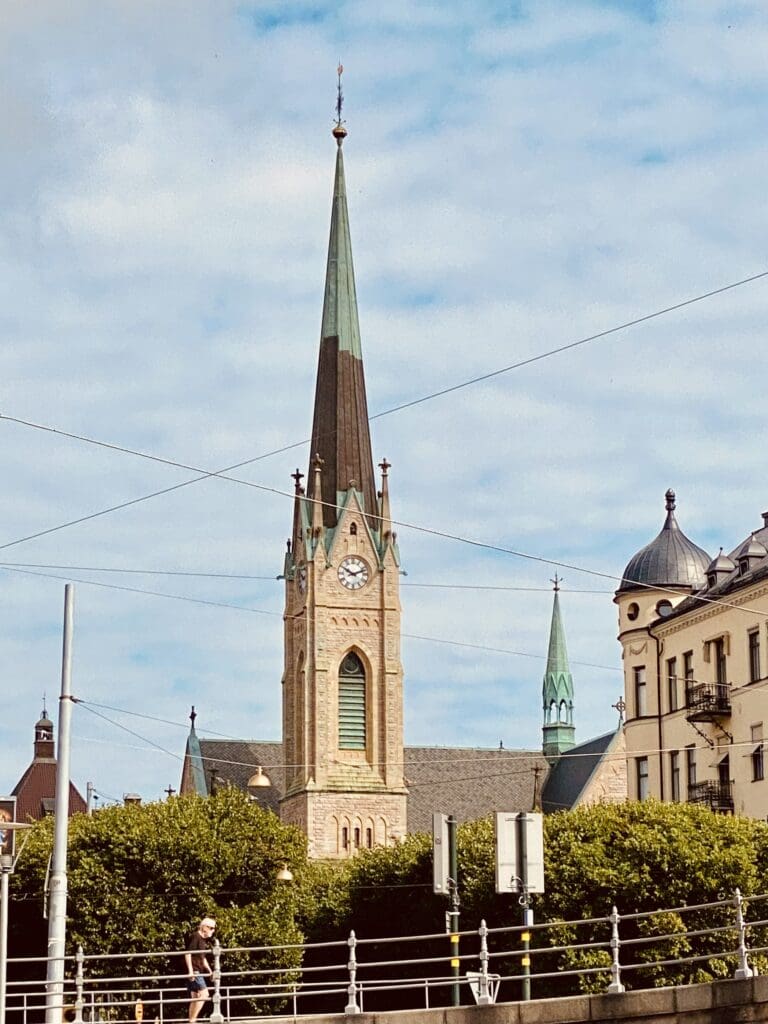
Citizens are provided 5 weeks of paid vacation, and a retirement benefit similar to the USA’s. The tax rate is 32%, there is a whopping 25% sales tax (on everything except food) but universal healthcare is provided at a very reasonable cost.
So one thing I have been meaning to mention. Virtually all places we have visited have a sales tax (universally called a VAT). This tax is built into the advertised cost of everything. This seems like a reasonable thing. I wish the US would do this.
There is a cool museum here.
The Skansen open air museum depict the country’s history. It is basically an island that is a park. It is decorated to look like you are in Stockholm in various periods throughout its history. Neat!
Home of the Nobel prize. Alfred Nobel lived here. He was forced to move out of town in the mid 1800s when he and his brother were experiencing with nitroglycerin, and blew up their factory, killing his brother.

Now, a hundred years later, he is a local hero, and Stockholm hosts the Nobel Prize awards annually. The Nobel Foundation’s endowment basically bestows an award to recipients that it deems have made the greatest contributions in the areas of physics, chemistry, physiology or medicine, literature and peace.
Stockholm loves Americans. A quick backstory. (I promise I’ll be brief.)
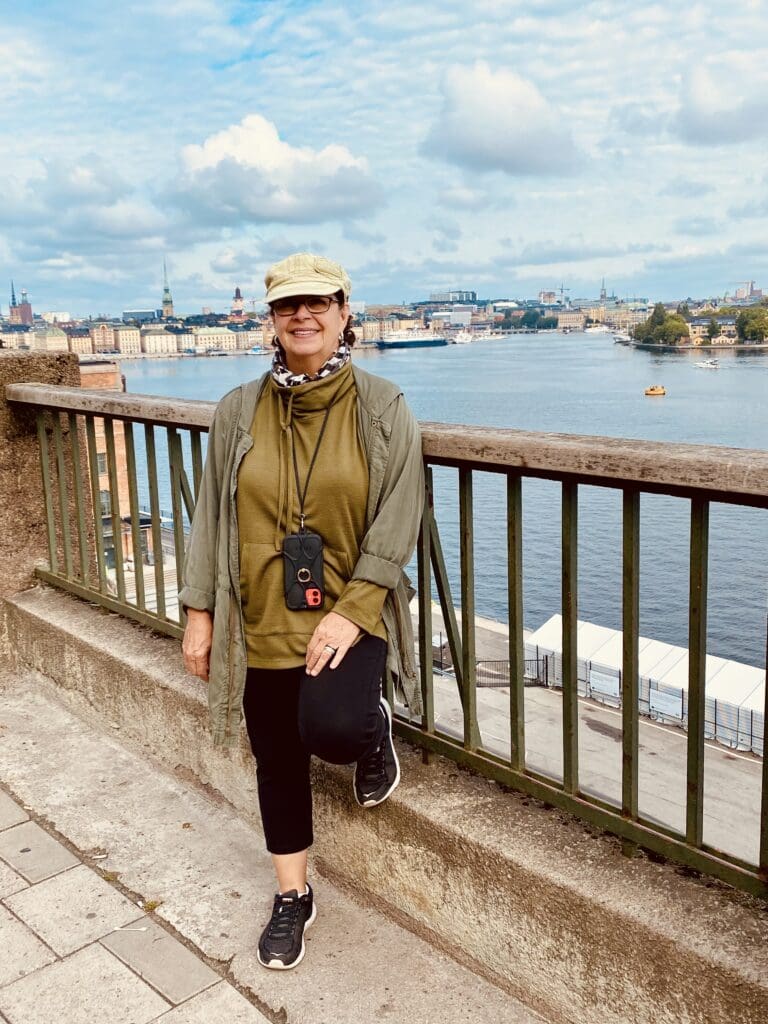
In Stockholm, they call McDonald’s “The American Embassy.”
The end.
Quite a story, huh?
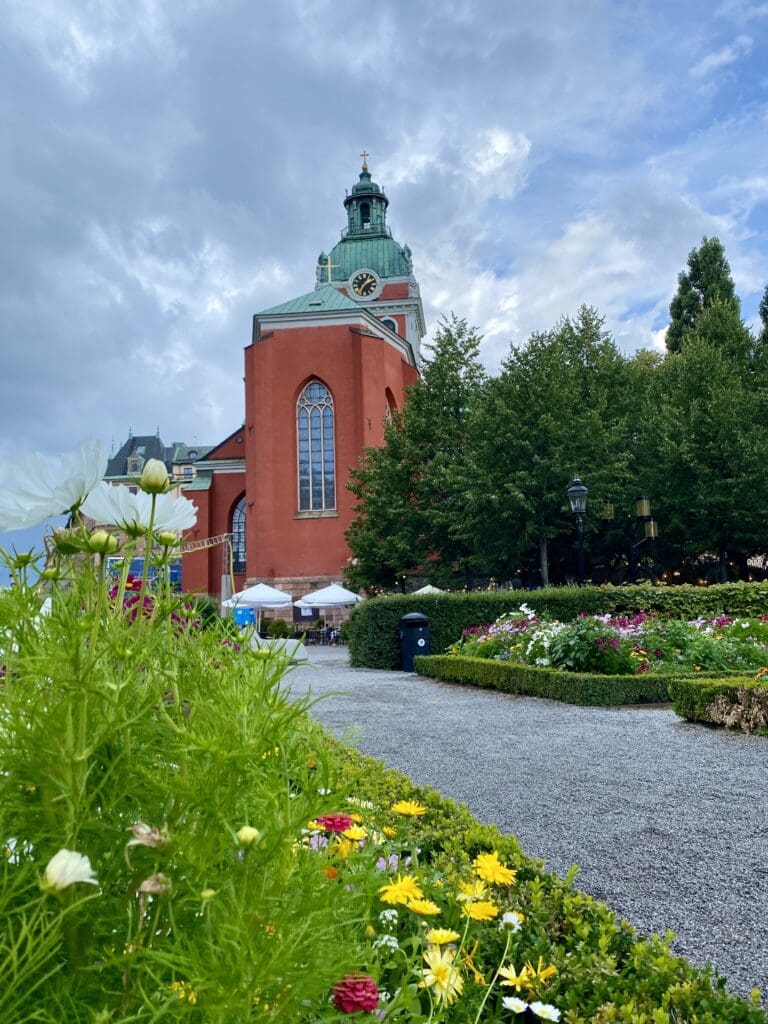
On our second day, I took a ferry to a museum I had heard about the day before.
Early in the 1600, the battleship Vasa sunk in the harbor, 20-some minutes into its maiden voyage. 30 sailors died less than a mile from where they launched.
It was raised in the 333 years later, in the 1960s, and is now in the most visited museums in the country.
So, this is quite a story. Back in the mid 1600s, the king ordered his navy to build this massive war ship. It was to be the largest ship ever built, with 700 brightly painted carved sculptures integrated into the design. And if the size and the gargoyles, etc. didn’t intimidate, the canons would. For this was to be the first ship to have not one level of canons built into it, but this ship was designed with a second level, just below topside, also lined with canons.
The ship designers of the day cautioned that the taller design would make the ship unbearably top heavy, but the King basically responded, “I’m the King. You don’t tell me, I tell you. Capeesh!”. (Well, it probable sounds different in Swedish, but you get the just of it…)
Even as the build neared complettion, and the ship was afloat, the lead ship builder demonstrated the design flaw by having his men run back and forth across the deck. After 10 minutes, he ordered them to stop, because the ship was rocking back and forth and nearly capsizing. Still, the King would not be swayed.
Alas, the day of christening came, and the ship was set afloat in The Bay of Stockholm. With a full crew, and fully loaded, the great ship Vasa set sail. 28 minutes after raising her sail, a slight breeze came up, and the ship capsized, killing a large number of the crew.
The King commissioned and inquest, and suggested that perhaps the crew was intoxicated, which the remaining crew vigorously denied. The it was proposed that the canons were not secured, and all rolled to one side of the ship.
Eventually, the King ruled that the mystery could not be solved.
Fast forward 333 years to the mid 1950s, when techology had advanced enough that the shipwreck was rediscovered, and could be reached by divers (using those big old fashion bronze helmets with air pumped down to them in hoses). After some 5-6 years of planning, the ship was raised, miraculously mostly intact.
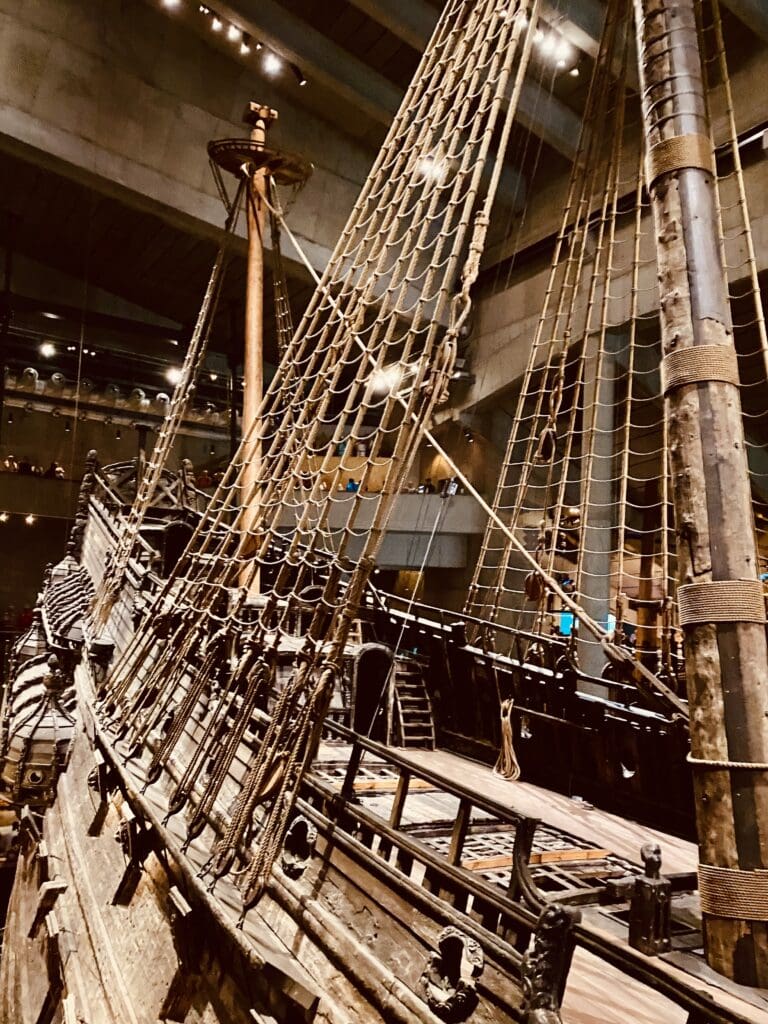
So it took several decades to reassemble the ship. It had to be kept wet at all times to prevent cracking, and they sprayed it for ten years with polyethylene to seal it.
With the restoration completed, the ship was moved to the Museum and put on display with 98% of its original parts intact. In fact, it is still being restored, as there is what is expected to be a a decade long effort to replace the rivets and other iron parts with stainless steal look-a-likes.
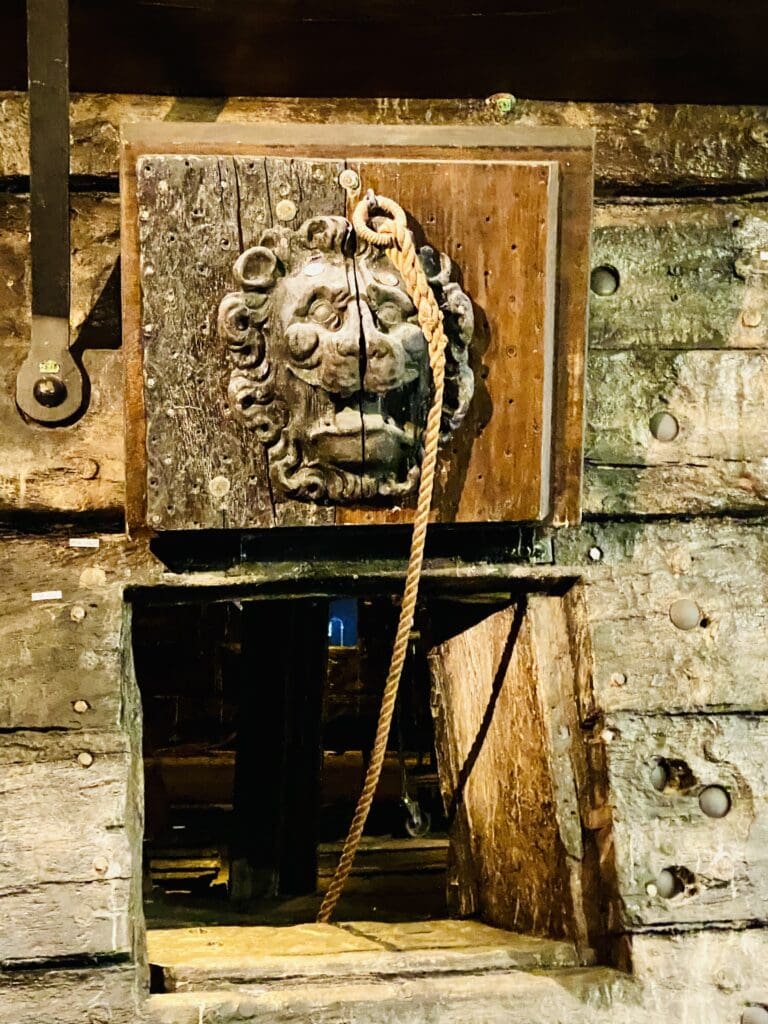
So, of course, when the ship was discovered, all of the canons were secure. In fact, the ship sailed with every turret opened, which is unheard of. The canon barrels stick out of the open turrets likely prevented the sailors from being able to close them, expediting the ship sinking once it was capsized.
Okay, so here is the real deal. The Royal Family is apparently still in power, and Sweden doesn’t discuss these facts. The sinking of the Vasa is still a national mystery around these parts. So forget everything I just told you. It is all based on hearsay and pesky science and such. And for golly-gosh sakes, don’t tell anybody!
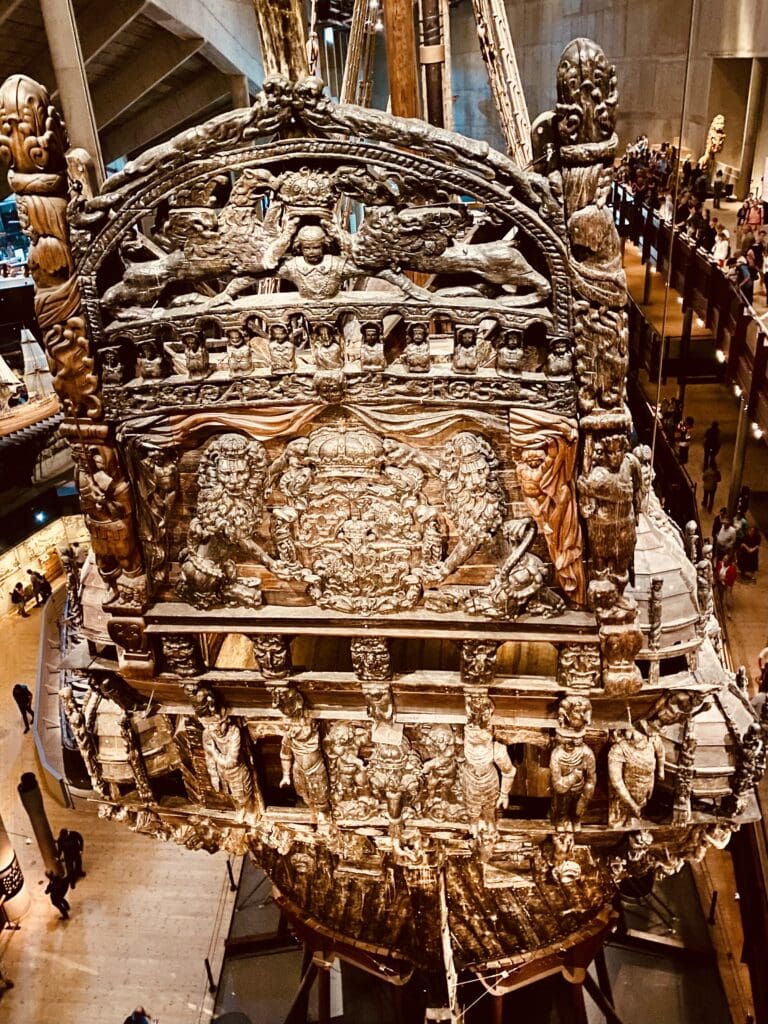
Anyway, the ship is awesome. Oh yeah, and here is the best part. After 60 years, the way the ship is suspended in the museum is failing, and the ship is once again sinking and listing. It seems that perhaps, the ship is cursed. Eek!
After an outstanding museum visit, I tried my first Bloody Mary Platter. It was pretty good stuff.

We planned our entire evening around the 4 hour/50 mile sale away from our balcony.
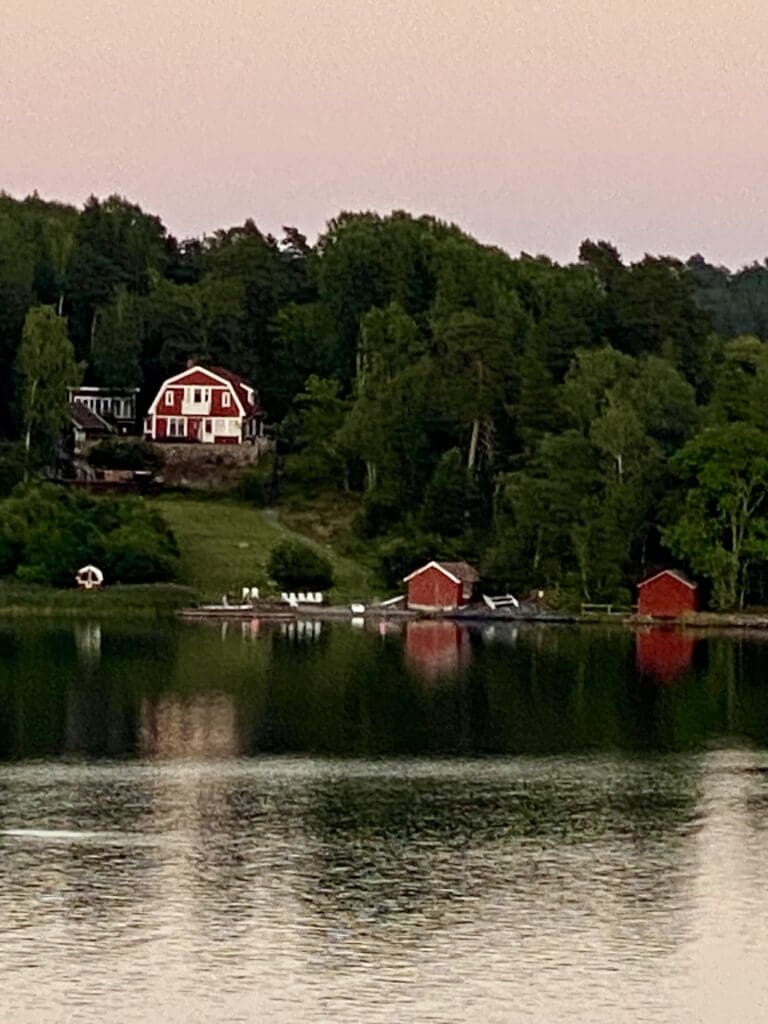
Amazing! When I grow up, I want to be Swedish.
Visby
Located in the middle of the Baltic Sea, our second stop in Sweden took us south, to the island of Gotland, population 65,000.
The port-town of Visby is home to 25,000, and boast the best preserved walled city in Europe (oldest building being the Kruttornet Gunpowder Tower). It has over 90 medieval churches. In fact, the town’s name is believed to have originate from the Viking words”vi,” and “by,” meaning sacred town.
But the island’s true fame came in the form of being the Visby filming location for the classic Pippi Longstocking movie.
While the island obtains much of its energy from windmills, some also comes from 2 underwater cables from the mainland. Due to the islands proximity to Russia, there is much concern over the vulnerability of these cables, and an effort is being made to lessen the reliability on off-shore energy. This has resulted in many residences and businesses to expedite installing solar panels. With much of this energy being excess, they are selling it back to the municipalities in large enough quantities that it has in fact, had a recent impact on their reliability on the underwater cable. Cool!
While the municipalities are the biggest employers on the island, much of the island is agricultural, mostly small family farms.
There was originally much resistance to the railway, but eventually the argument was to be used for transporting sugar beats from the field in the 1800s, especially during bad weather.
Of course, later on, farmers all had their own tractors, and the railway became a little-used people mover. In the 1960’s, they shut down, pulled up the rails, and sold them to India. The cars were purchased as garden houses across the island.

In the 2000s, using moneys obtained when Sweden joined the EU, the engines were taken out of the museums, new rails were re-laid. Additional funding was obtained by allowing individual island local to purchase sleepers (the wooden planks that are laid underneath the rails). In 2016, the railway became a tourist attraction.
The train and the three stations were very old fashion. They even have a 2-person handcars that one can rent, if you want to expire the tracks in solitude. (The peddle like a bicycle. The entire operation is managed by volunteers, mostly all senior citizens. The conductor said it was a way to get the island to pay for them to have a toy train to play with. It was very cool.

In 1280, there was a civil war between the farmers and the Visby citizens. The citizens built the city walls and were charging the farmers huge feed to sell their grains, etc. the farmers revolted, and the King intervene, saying that he had never approved building the city walls. The citizens (who were rich) paid fines, and, by order of the King, began letting all of the islands citizens in the walled city to do business.
So Visby claims to be the original home of Vikings. Also, like other places we’ve visited in the past that were occupied by Vikings, everyone make an extra effort to ensure foreigners know that Vikings were peaceful farmers, and the perception that they were brutal warriors and pirates is misleading. They merely had a community requirement that each family had to volunteer one son to be in their nomad group that made their way around these parts in ships, “exploring“.
I love it! The best part is that in the Viking and other Northern Europe dialects, the letter V is pronounced as a W. So they call Vikings “Wikings”!
Now, I can only speak for myself, but that pronunciation doesn’t send shivers down my spine. Quite the opposite. Even after several visits to these parts, I still chuckl every time I hear it pronounced that way.
So, my apologies in advance to my Viking friends. (You know who you are.) Please rest assured that you still send shivers down mine old spine! Love you guys. This was all in fun, and I am truly sending good wibes your way amigos!
So, at any rate, please remind me to tell you my favorite Viking story when we get to Iceland.
So, after returning from the countryside to the city of Visby, we visited the walled city (old town) portion of town.
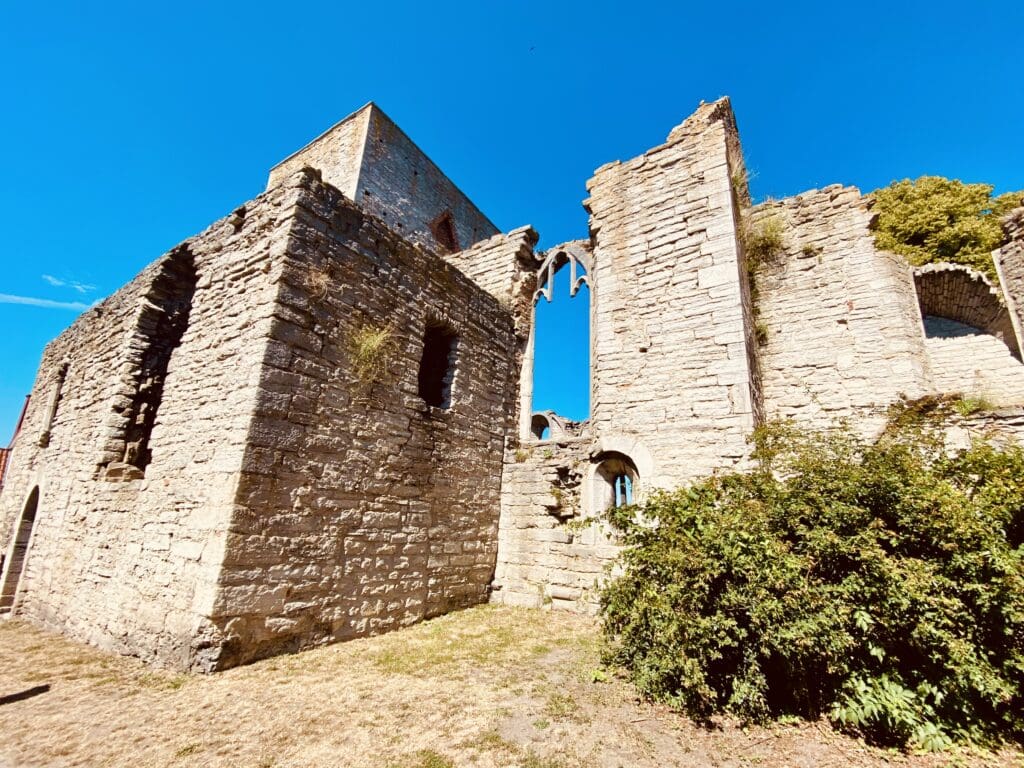
So, everyone was dressed in period dress, and while there was not any jousting, everyone was grogging it up, and a good time was had by all.
Our timing could not have been better, as we were there during “week 32”, basically, an annual gathering of Sweden’s equivalent to The Society for Creative Anachronism.
So, with a heavy heart, we headed back to the sip to bid a fond farewell to our new favorite place.
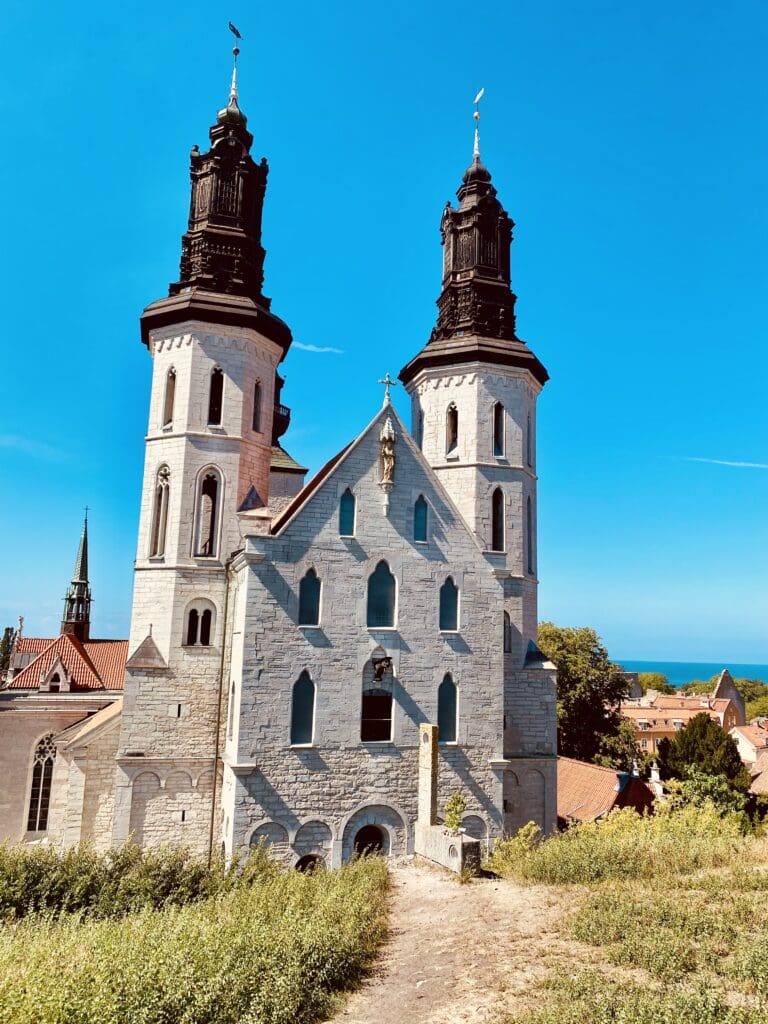
As so eloquently stated by new hero, Joseph Pulitzer, “Even the sun sets in paradise.” Au revoir Sweden. Next stop, Lithuanian, but as you know, that is a different story.
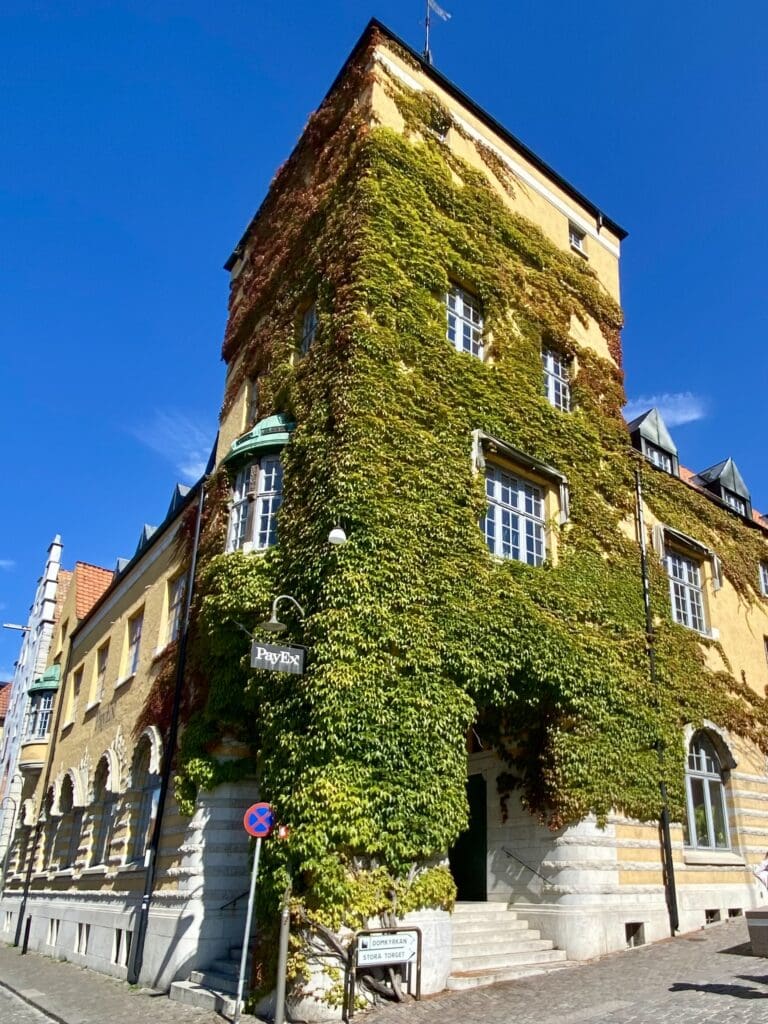
Thanks for checking in.
– Mike
“Put it before them briefly so they will read it, clearly so they will appreciate it, picturesquely so they will remember it, and above all, accurately so they will be guided by its light.” – Joseph Pulitzer
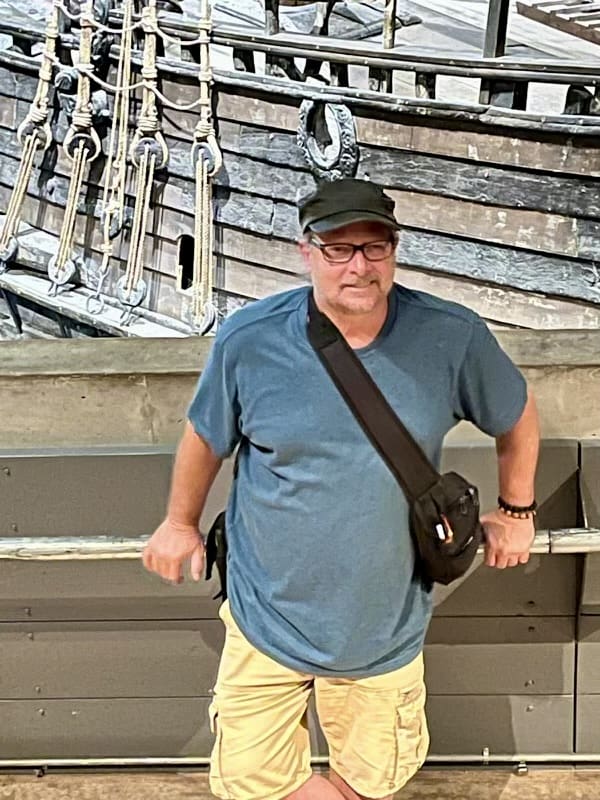

Recent Comments